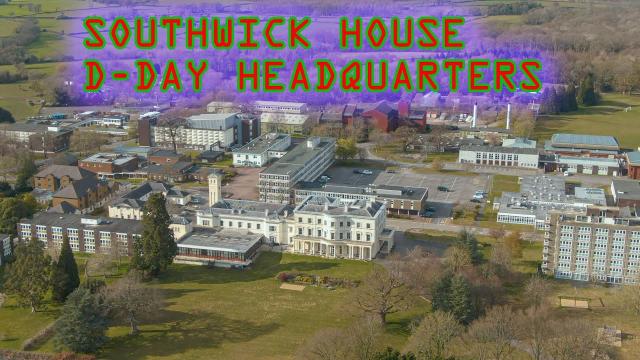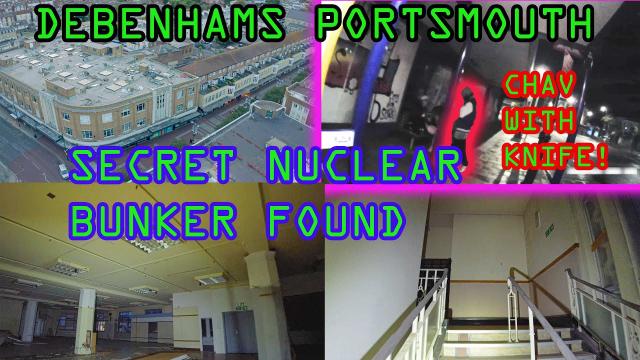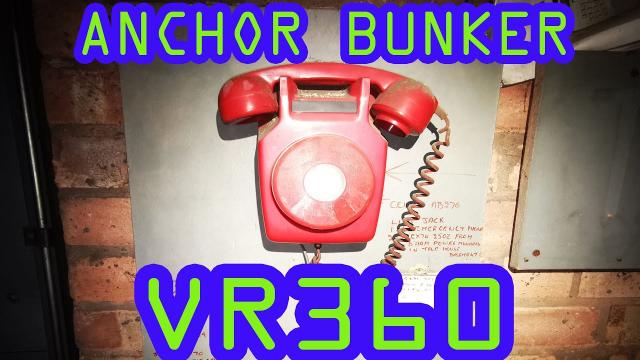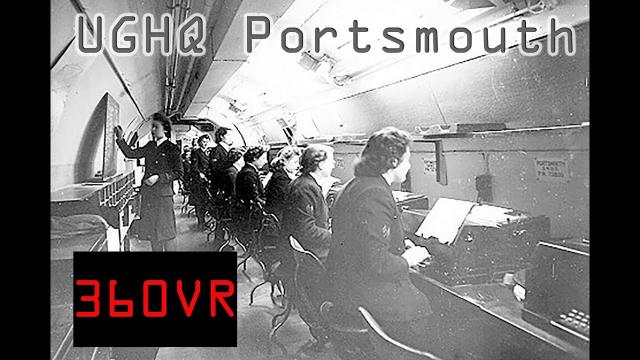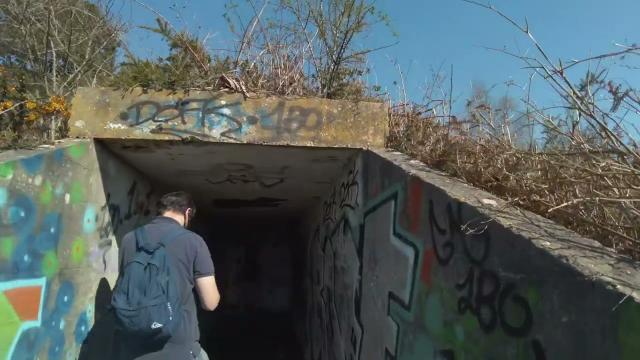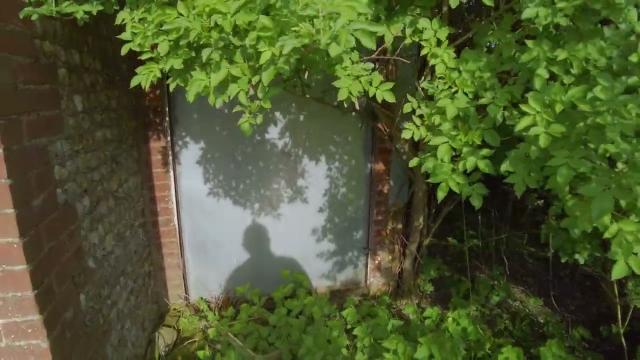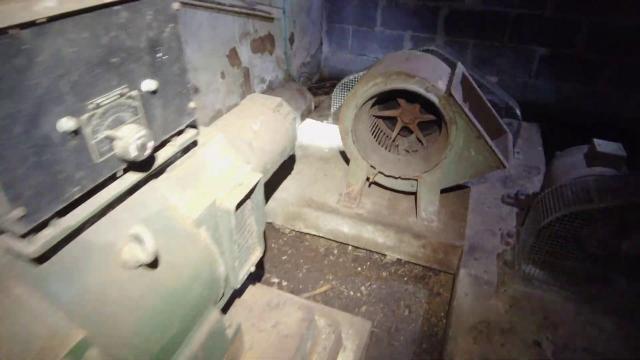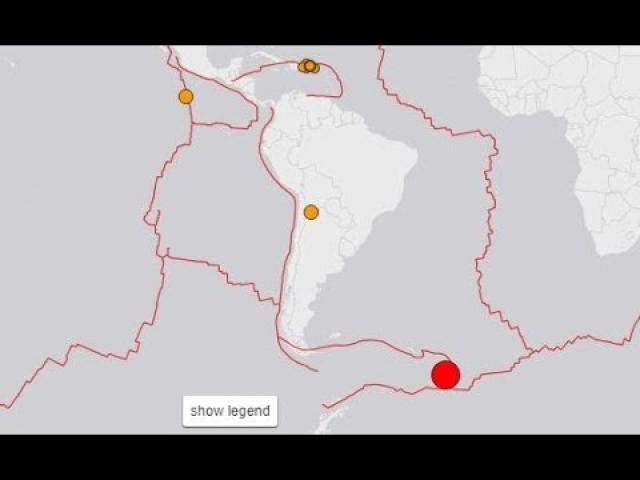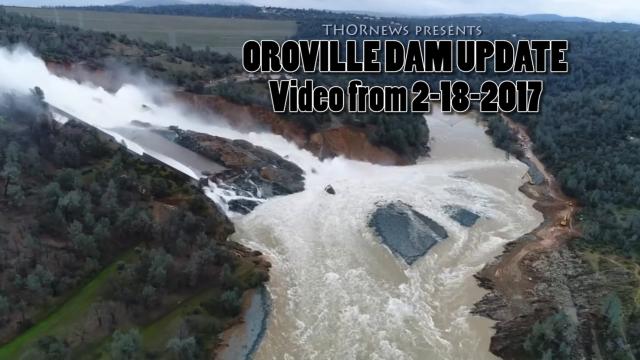Portsdown Fuel Bunker in Portsmouth 4k FULL EXPLORE
Description
FUEL BUNKERS: (text copied from https://www.thetimechamber.co.uk/beta/sites/military/uk-sites/portsdown-oil-fuel-depot)
The Portsdown Underground Fuel Bunker, located under the hills North of the Royal Dockyard in Portsmouth, was built during the late 1930s by the Sir Robert McAlpine’s construction company. They bunkers were designed to provide a bombproof Royal Navy fuel oil reservoir to serve the fleet at the Portsmouth Naval Base. The oil was needed as a guaranteed supply for Royal Navy warships in case oil deliveries to western British seaports were blockaded by the German Navy during World War II. Three such bunkers were built in the UK, with the others being at Inchindown some 4 miles to the north of the then naval base at Invergordon, and Lyness at the Scapa Flow Naval Base. The Fuel Bunker had an official capacity of 137,700 tonnes of furnace fuel oil, which was the main warship fuel of World War Two. Fuel Furnace Oil is a residual fuel left over once all other products, such as petrol and diesel, have been distilled from crude oil. It is a cheap substance, ideally suited to the running of a large Navy. It is no longer used by the Royal Navy.
The whole complex, which is 37 metres underground and consists of 3.2 kms of tunnelling and contains nine 11 metre high concrete storage tanks. There is also a large underground pumping station containing 2 pre-war pumps which were used to pump the fuel to, and from, the Oil Fuel Jetty in Portsmouth Harbour 9.6 km away. The pipeline consisted of two 16 inch FFO pipes, and one 10 inch diesel pipe which ran from Portsdown through Portchester, Fareham Creek, Fleetlands, Frater, Priddy’s Hard, Forton Lake and terminated at the Forton Oil Fuel Depot, Gosport. The walls of the bunkers are made of concrete 30 cm thick, and in places the roof is 6.7 metres thick; no German bomb produced during WWII was capable of this level of penetration. At least 15 men died during the construction, usually due to rock falls.
One previous worker described the tunnels as such (taken from Portsdown Tunnels):
On top of Portsdown to the west of Fort Southwick is a large high fenced Valve Compound, which is to the north and slightly to the west of the main Southern portals. This gave direct access to the pumping station below. The distance between the Southern portal and this site is 400 yards. there is a lift shaft and a stairway which runs down from the top compound, [so called valve compound] these both open on to a platform which leads via a 90% turn to a ramp which runs down to the pump room, on the platform a door similar to a ship bulkhead door had been let into the concrete wall, behind the door was a room shaped like a small Nissan hut 15/20 foot long cut into the chalk and lined with some sort of hard board under a metal framework [This room was added during WWII and appears to be some kind of telephone exchange]
The pipeline ran under Fareham creek from Wicor playing fields area (Portchester) into Fleetlands Aircraft Repair Yard, close to Fleetlands jetty. It then turned south to the Bedenham booster pumps, from there it ran to the oil fuel depot Forton rd. Gosport following the military railway line which ran through Frater and Elson armament yards to Priddy’s Hard. From there it ran under Forton creek into the oil fuel depot, there were no tanks between portsdown and the oil fuel depot. The main pumps, 2 for furnace fuel oil, 1 for diesel, were situated in the oil fuel depot, incidentally the pumps ran on D.C. current which was the power system used in Gosport when the depot was built. When the supply was changed to A.C. in Gosport an A.C / D.C. converter was installed in Clarence yard to keep the pumps supplied with D.C. power. When the M27 was built the pipelines were re-routed under the motorway in a tunnel.
Due to the end of the Cold War and the changes to diesel fuel boats in the RN fleet, the pipeline and Fuel Bunker were decommissioned during the early 1990s, and the booster pumping station at Bedenham Lane in Gosport was demolished. The pumping station at the Forton Oil Fuel Depot is still intact and has been saved from demolition. Some of the last ships to use FFO were the Leander class frigates, the Falklands veteran aircraft carrier HMS Hermes, and the Royal Yacht Britannia.
In the Victorian era the hill was home to a fair on Easter Mondays.
My Instagram: https://www.instagram.com/mattswilli/
Facebook: https://www.facebook.com/groups/1228424283971624/
email me at me@thematthewwilliams.com or truthsee@gotadsl.co.uk
Also present on this explore were
VACANT HAVEN - https://www.youtube.com/watch?v=f_BQnADimeI

